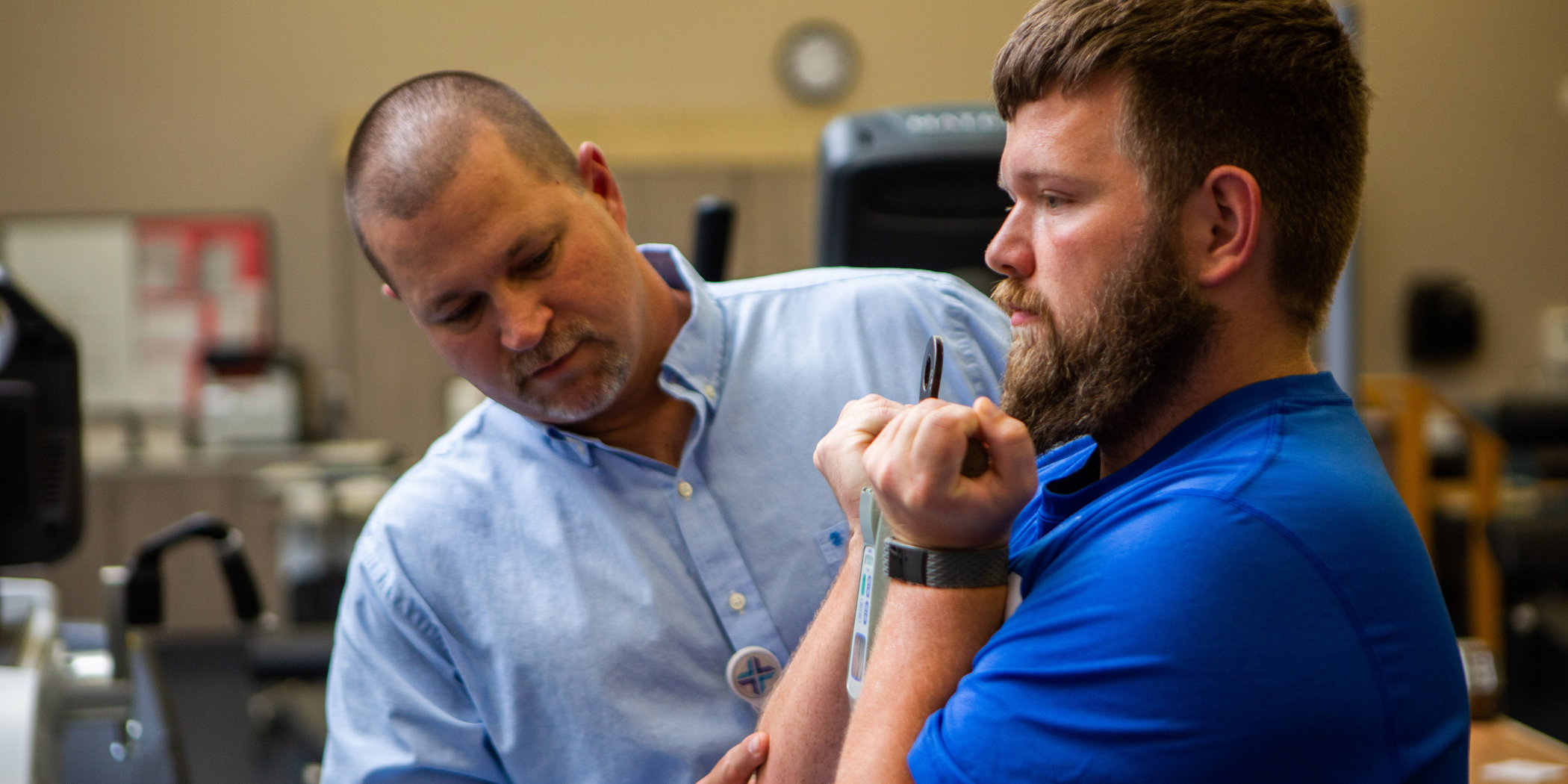
Could your shin pain be serious?
Spring is one of my favorite seasons. After a long winter, the revitalizing sunshine and warm weather bring rebirth to the upstate. As the leaves begin to emerge, so do the spring athletes. Many athletes spend their winters hibernating indoors and – for many – training habits subside. Shin pain is a common complaint in our office, and spring tends to be a hot season for this. While there are various diagnoses that can cause shin pain – today we will focus on the ability to distinguish “shin splints” from a stress fracture.
Perhaps we should start by defining both of these conditions.
- Shin splints – or medial tibial stress syndrome – is a poorly understood but very common complaint amongst runners. Many experts disagree on the exact cause of shin splints but theories range from inflammation of the periosteum (a layer of connective tissue enveloping the bones) to inflammation of the muscle fibers that attach to the tibia.
- A stress fracture of the tibia is a fatigue injury of the bone from repetitive overloading that overwhelms its capacity to heal.
It is imperative and sometimes difficult to distinguish these two processes. We often think of shin pain that occurs along the lower two thirds of the tibia, resulting from repetitive activity (running, jumping, etc.) and improves with rest to be “shin splints.”
Pain that is localized to a specific area of the tibia or “shin,” causes swelling, is worsening over time, or does not improve significantly after activity, could mean a stress fracture. Other risk factors for stress fractures in general are a sudden increase in activity, smoking, irregular menses, and prior history of stress fracture.
We sometimes rely on advanced imaging, such as MRI, to help distinguish these injuries. X-rays can be helpful but are usually do not show early changes in the tibia or emerging stress injury.
Treatment for shin splints is multifaceted and usually involves nonsteroidal anti-inflammatory drugs (like aspirin or ibuprofen), ice, and relative rest. Other interventions may include physical therapy and taping.
If the diagnosis of stress fracture is made, then the athlete should rest from activity (to varying degrees depending on the patient and the location of the fracture). Depending on the patient, casting or booting may be needed. Surgery is sometimes required for specific types of stress fractures that fail to heal.
Distinguishing “shin splints” and stress fractures can be difficult and should be done by a physician familiar with these complaints. Treatments for these two conditions vary and should be discussed with a sports medicine physician to best suit the athletes' needs.
Learn more about the Sports Medicine Institute or call 864-560-BONE.











